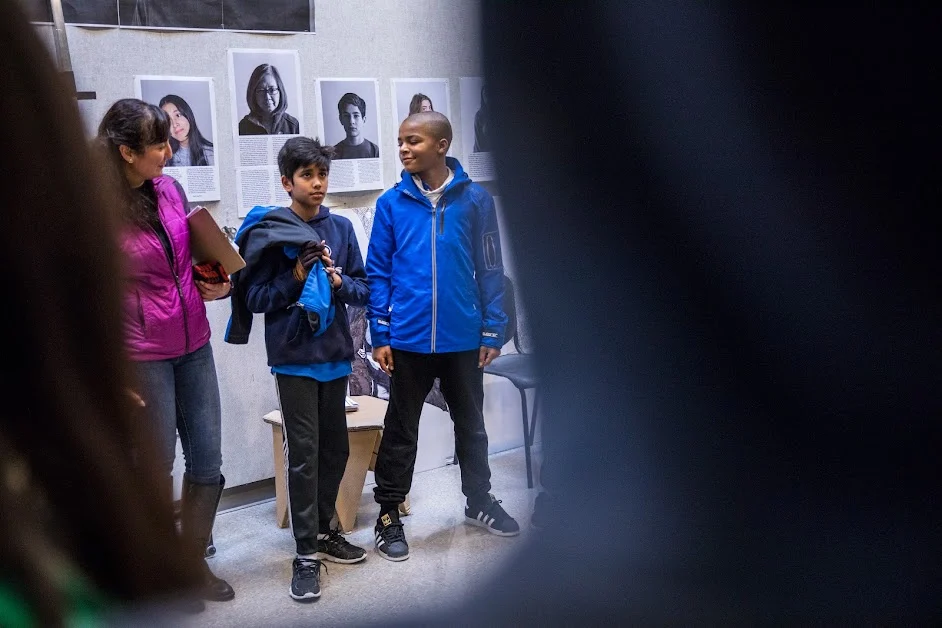
Dear partners and colleagues,
In 2003, I was a second-year principal. At the time, my school was best known for its low standardized test scores and discipline rates. I thought that my general leadership ability was sufficient to lead a dramatic school turnaround. Then, I walked into my first CEL professional learning session.
It turns out, there was so much I didn’t know. And even more importantly, until meeting the CEL team, I didn’t know what I didn’t know.
Before I dive into the rest of the story, I want to first acknowledge what you’re going through. Every partner I’ve connected with recently has talked about how complex and exhausting the layers of COVID-19 challenges are. I previously spoke of “keeping the lights on” as you make your way through this crisis, and that leaders like you are the hope of your communities. Those statements are as true now as they were then. I’m humbled by and grateful for your will and strength to carry on.
“I thought that my general leadership ability was sufficient to lead a dramatic school turnaround. Then, I walked into my first CEL professional learning session.”
The commitment of our partners has fueled CEL from day one. I’ve been part of CEL’s 20-year journey for 18 years now — six as a participant in CEL professional learning and twelve as a member of the CEL team. I’m about to share with you the learnings that have stood the test of time. I hope that they’ll impart a sense of efficacy as you bravely face this daunting moment.
Back in that first session with CEL, I quickly learned that what I didn’t know as a leader was greatly limiting the success that students could have at my school.
Over time, I also came to know that:
- Commitment and dedication alone were insufficient
- I needed to learn a heck of a lot about building a safer and more inclusive school culture
- If I wanted to lead for powerful student learning — and support the full agency, independence and brilliance of our school’s most marginalized students — then I had to ensure that teachers could learn and develop more effective instructional practices
Looking back, I can see one core belief in CEL’s approach: that improving adult practice — specifically focused on improving the quality of student learning — is the most important lever in our work. CEL has been unwavering in this belief, acting on it from the start and regardless of what the policy discussions are centered on each year.
So, what parts of my early professional learning with CEL are still evident, and what is now different?
We still help leaders learn how to observe and analyze student learning and experience to discover cause-and-effect relationships between the work of adults and student success.
We still, in the words of my colleague Anneke Markholt, “hunker down” in classrooms with leaders for joint learning. Our work remains deeply steeped in a growth-mindset, a strength-based approach and the conviction that leaders can learn and improve their practice on behalf of their students.
And we still teach what Anneke taught me 18 years ago: that the best place to discuss the impact of racism on students and in schools is when you are specifically observing its impact in classrooms, hallways and campuses.
“We center student experience in our work, embracing student voice as key data for understanding how students are doing in school.”
In recent years, we’ve furthered our commitment to racial equity — and the belief that all students have a right to a school experience that allows them to feel happy and proud, while preparing them to lead a future of their choosing.
Where does this deepened commitment show up? It’s in how we center student experience in our work, embracing student voice as key data for understanding how students are doing in school.
Students have told us that feeling seen, heard and respected for who they are matters and directly impacts their experience in school. So, we work with leaders to explicitly name the ways that race, gender, sexual orientation, learning differences and native language continue to impact student experience.
“What has the power to perpetuate or interrupt how racism and marginalization play out in our schools is adult practice.”
From our years of uncovering the cause-and-effect relationships between the work of adults and student success, we’ve come to know this about racial equity in schools: what has the power to perpetuate or interrupt how racism and marginalization play out in our schools is adult practice. We’re powerfully calling out this connection and inviting leaders like you to learn how to take steps forward with us.
As I’ve grown to know more about what I didn’t know, CEL, too, has grown. The organization has gone from supporting three school districts 18 years ago to improve instructional leadership, to partnering with over 60 school systems nationwide to interrupt systemic inequities. And still, the specialness of CEL remains.
This specialness remains because of you. Even during this excruciatingly difficult time, I see it every day as you lead with your eyes still trained on your students as you work side-by-side with others to ensure bright futures across your communities.
I’m already excited to see what will be written ten years from now, when CEL celebrates its 30th anniversary. I imagine that much will be said about the students who, at present time, are experiencing educational injustice — and the success that school leaders across the country have had in liberating their minds and spirits.

